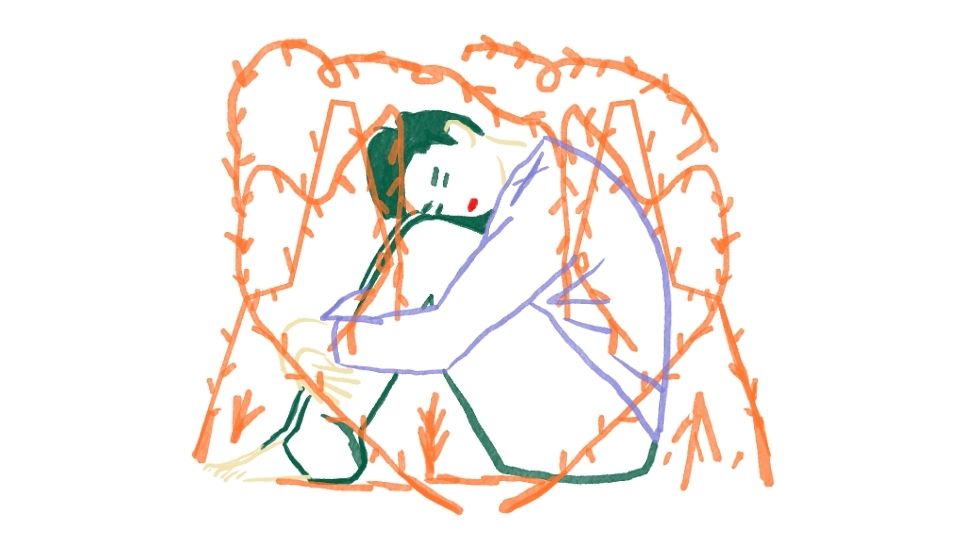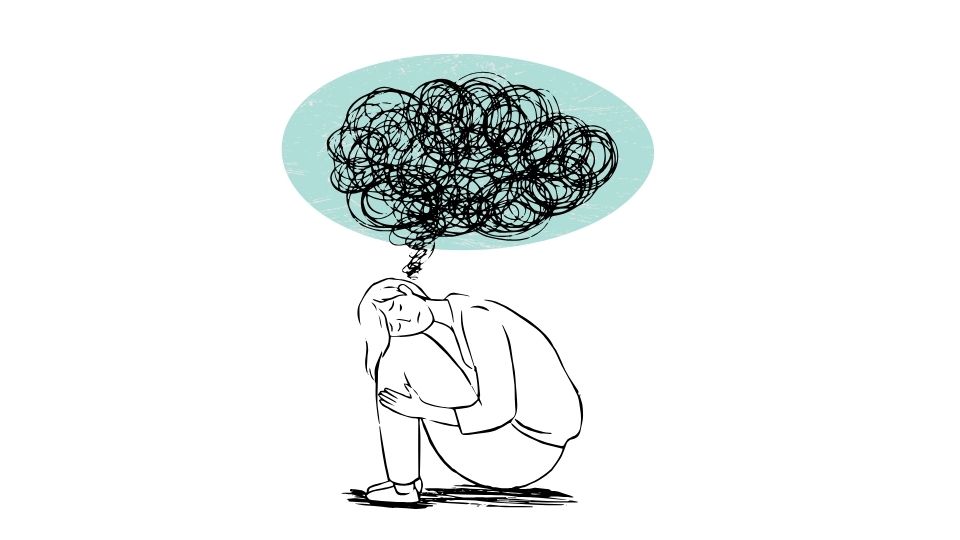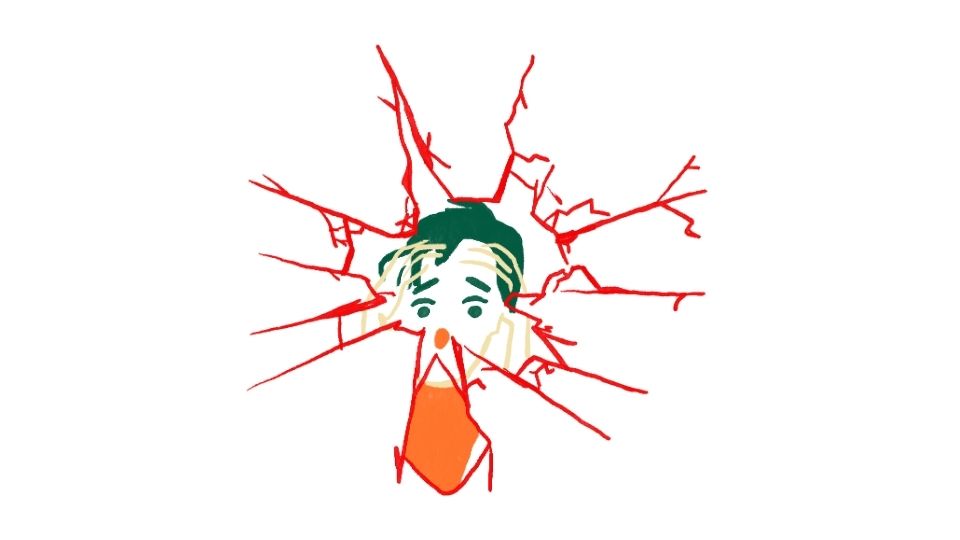Common Complex PTSD Triggers You Should Know About

Complex PTSD triggers are like landmines hidden throughout your life – invisible until you step on one, but then BOOM – you’re suddenly drowning in emotional flashbacks, panic attacks, and physical symptoms that seem to come out of nowhere.
If you’ve experienced ongoing trauma like childhood abuse, domestic violence, or prolonged neglect, your brain and body have likely developed a complex network of triggers that can hijack your sense of safety in an instant.
Let’s dig into what CPTSD triggers actually are, how to identify them, and most importantly – how to manage them so they don’t control your life anymore.
Complex PTSD Triggers: What Sets Off Your Trauma Response
Complex PTSD isn’t your standard PTSD. While regular PTSD typically stems from a single traumatic event, complex PTSD develops from repeated or extended trauma where escape seemed impossible.
Think childhood abuse, long-term domestic violence, human trafficking, or other situations where trauma was the daily norm, not the exception.
These experiences leave your nervous system on constant high alert, creating a web of triggers that can activate your trauma response in seemingly random moments.
Types of CPTSD Triggers (They’re Everywhere)

1. Sensory Triggers
Your senses are powerful memory portals. A specific:
- Smell (like cologne similar to what an abuser wore)
- Sound (like yelling or a door slamming)
- Visual cue (certain facial expressions)
- Taste or texture
- Physical sensation
Any of these can instantly transport you back to trauma-time. One study found that sensory memories can remain incredibly vivid even decades after traumatic experiences, explaining why a random scent can trigger such intense reactions.
2. Emotional & Relational Triggers
When someone’s words or actions remind you of past abuse or neglect, your body can react before your conscious mind even realizes what’s happening.
Common emotional triggers include:
- Feeling criticized or judged
- Perceiving rejection
- Authority figures
- Conflict or raised voices
- Feeling trapped or cornered
- Someone using “that tone”
These triggers are especially tricky because they can damage your current relationships even when the people in your life aren’t actually threatening you.
3. Situational Triggers
Certain environments or scenarios that echo past trauma can be major triggers:
- Crowded spaces where escape seems difficult
- Being alone in isolated places
- Medical examinations or procedures
- Anniversaries of traumatic events
- Holiday gatherings (family trauma, anyone?)
4. Physical Sensations as Triggers
Your body keeps the score, as trauma expert Bessel van der Kolk famously explained. Physical sensations can themselves become triggers:
- Muscle tension
- Racing heart
- Shortness of breath
- Pain in specific body areas
- Sexual arousal or numbness
When these sensations remind your body of trauma, they can spiral into full-blown panic attacks or dissociative episodes.
5. Emotional Flashbacks (The Sneakiest Triggers)
Unlike visual flashbacks where you literally “see” the trauma again, emotional flashbacks plunge you into the feelings of the original trauma without clear memories.
You might suddenly feel:
- Overwhelming shame
- Terror
- Abandonment
- Worthlessness
And have no idea why. You just know you feel awful, like you did “back then.”
How Your Body Responds When Triggered

When a CPTSD trigger activates, your body can react in numerous ways:
Emotional responses:
- Panic attacks
- Rage outbursts
- Shame spirals
- Emotional numbness
- Feeling like a child again
Physical responses:
- Stomach problems (the gut-brain connection is real!)
- Headaches or migraines
- Muscle tension and pain
- Sleep disturbances
- Fatigue
Cognitive responses:
- Dissociation or “checking out”
- Racing thoughts
- Difficulty concentrating
- Memory problems
- Negative thought spirals
Behavioral responses:
- Avoidance behaviors
- Substance use
- Self-harm urges
- Withdrawal from others
- Fight/flight/freeze/fawn reactions
According to research from the National Center for PTSD, these responses become so deeply wired that they can persist for years after the trauma has ended.
Identifying Your Personal Trigger Patterns

Everyone’s trigger map is unique to their trauma history. Here’s how to start mapping yours:
Keep a trigger journal
Document when you feel activated – note the situation, your thoughts, physical sensations, and the intensity of your response.Look for patterns
After collecting data for a few weeks, review your journal for commonalities.Rate your triggers
Not all triggers hit with the same intensity. Some might cause mild anxiety while others trigger complete shutdown.Notice body signals
Your body often senses danger before your conscious mind. Early warning signs might include:- Tightness in your chest or throat
- Suddenly feeling hot or cold
- Digestive changes
- Feeling “spacey” or disconnected
As psychiatrist Dr. Janina Fisher explains, becoming aware of these body signals is the first step toward regaining control over your trauma responses.
Managing CPTSD Triggers (Without Avoiding Life)
Living with CPTSD doesn’t mean you have to live in a bubble, though it might feel safer that way sometimes. Here are evidence-based approaches that actually work:
Therapy Approaches That Help
The right therapy can make a massive difference:
- Trauma-focused CBT helps you challenge distorted thoughts that triggers create
- EMDR (Eye Movement Desensitization and Reprocessing) helps process traumatic memories
- Somatic experiencing focuses on resolving physical trauma responses
- Internal Family Systems works with different “parts” of yourself affected by trauma
- DBT (Dialectical Behavior Therapy) builds emotional regulation skills
Finding a trauma-informed therapist who understands complex PTSD specifically is crucial – not all mental health providers have specialized training in this area.
Grounding Techniques for When You’re Triggered
When triggers hit, these techniques can help bring you back to the present:
- 5-4-3-2-1 technique: Name 5 things you can see, 4 you can touch, 3 you can hear, 2 you can smell, and 1 you can taste.
- Deep breathing: 4 counts in, hold for 4, 4 counts out.
- Cold water: Splash your face or hold ice in your hands.
- Name your trigger: “I’m being triggered right now. This is my CPTSD, not current danger.”
- Body scans: Move attention slowly through your body, noticing sensations without judgment.
Lifestyle Factors That Reduce Trigger Sensitivity
Your daily habits can either amplify or dampen your trigger responses:
- Sleep hygiene – Poor sleep makes triggers hit harder
- Regular movement – Exercise helps process stress hormones
- Nutrition – Blood sugar crashes can mimic panic symptoms
- Limiting substances – Alcohol, caffeine, and recreational drugs can increase reactivity
- Mindfulness practice – Builds the “watching” part of your brain that can observe triggers without being consumed by them
Navigating Relationships With CPTSD Triggers

Relationships can be particularly challenging when you have CPTSD. Here’s how to navigate them:
Communicate your needs (when safe to do so)
Share information about your triggers with trusted people in your life.Set and maintain boundaries
It’s okay to limit exposure to people or situations that consistently trigger you.Develop a safety plan
Know how you’ll respond if triggered in social situations.Find your people
Connect with others who understand trauma responses, whether in support groups or online communities.
As relationship expert and trauma specialist Pete Walker notes, healing often happens in the context of safe relationships that provide the security your early relationships may have lacked.
Final Thoughts: Your Triggers Are Information, Not Your Destiny
Living with CPTSD triggers can feel like navigating a minefield every day. But here’s the truth: triggers are messengers, not life sentences.
Each trigger points to a wound that needs healing. Each reaction is your body trying to protect you the best way it knows how.
With the right support and tools, triggers can become less intense and less frequent over time. Many people with complex PTSD find that while some sensitivity may remain, they eventually regain control over their responses.
The goal isn’t to eliminate all triggers (impossible in this unpredictable world), but to build a robust toolkit that helps you respond rather than react when they arise.
You’ve already survived the trauma that created these triggers. With patience and persistence, you can learn to thrive despite them.

